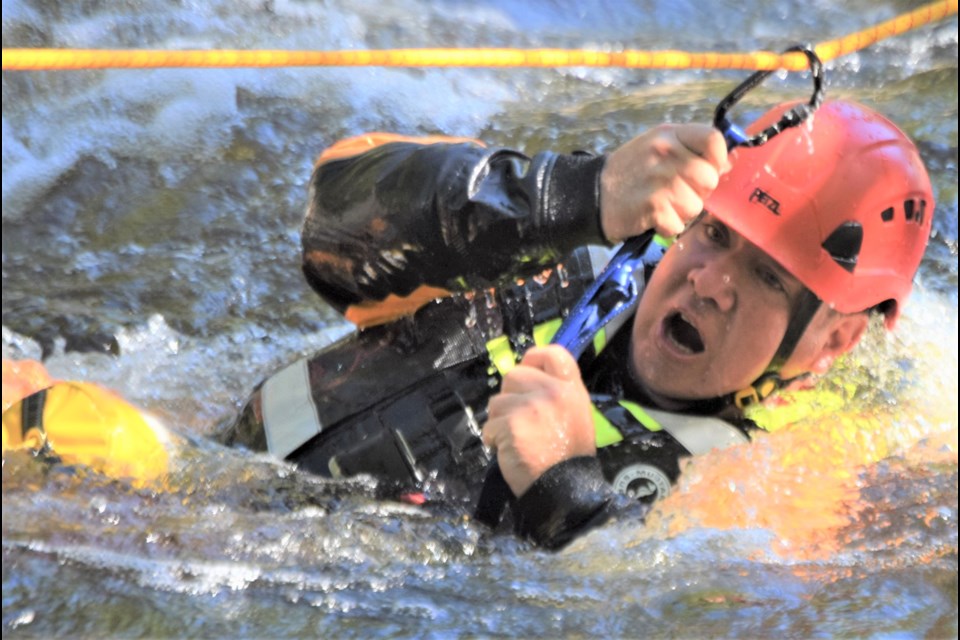CFB BORDEN, Ont. — A group of Canadian Army instructors from the headquarters of the 3rd Canadian Ranger Patrol Group has completed a demanding swift-water rescue course where they learned skills they will take to Northern Ontario First Nations.
Sergeant Peter Moon of the Ranger patrol group based at Canadian Forces Base Borden, near Barrie, says Ontario's Far North has the highest number of Indigenous deaths by drowning in Canada.
Moon said it's because the region has one of the largest Indigenous populations in the country, and because few people learn to swim in the cold waters during the brief summers.
Army instructors travel regularly to 30 remote First Nations to provide a range of training including water safety to Canadian Rangers who serve as part-time army reservists.
Their training, which concluded last Friday, was conducted over four days at Cody Rapids on the Magnetawan River, north of Parry Sound.
Participant Sergeant Janet Butt said it was a challenging experience.
"The water was a lot stronger than I ever thought it would be. The hardest part was getting over my fear of getting into it," Butt said.
She added "The first time you see the rapids, it's intimidating, but once you are in the water you just ride the waves and get on with it."
Butt said she finished the training with numerous bruises on her legs from hitting submerged rocks as the water swept her downstream.
The soldiers learned to recognize the depth and strength of fast water, and how to use it to reach people in distress.
They were taught hand signals to overcome the noise of rapids, and shown how to use various knots and pulley systems, as well as ropework.
Rescue challenges included extricating people with serious injuries, and saving dogs without getting bitten.
"This course taught us how to look at a river and understand what it looks like underneath the surface by the way the water is behaving on top," said Warrant Officer Karl Wolfe.
He added "We can take skills from this course to our Rangers in the north. They in turn take those lessons into the schools and the community."
Keys to the messages the instructors will pass on is the value of lifejackets and thermal clothing, and having a reboarding device on hand for when someone falls out of a boat.
The device can be as simple as a rope tied to the boat, with a loop at the bottom for use as a stepping aid.
The army is working with a number of civilian and government agencies to distribute free life jackets to residents of northern First Nations.
Wolfe said that in recent years he's noticed that the culture, especially around Indigenous youth, is changing.
"Life jackets are seen now as more of a tool than as a hindrance. Just because the water's cold doesn't mean you have to drown," he said.
